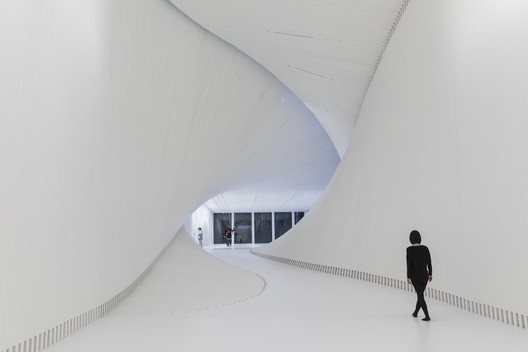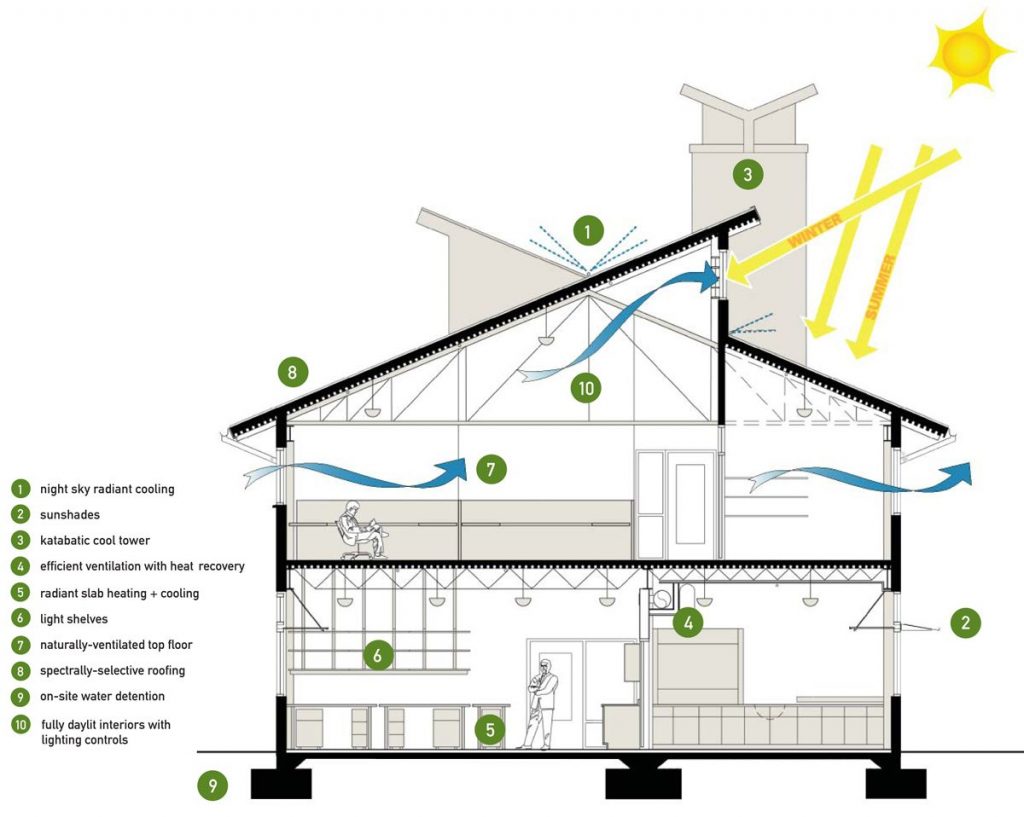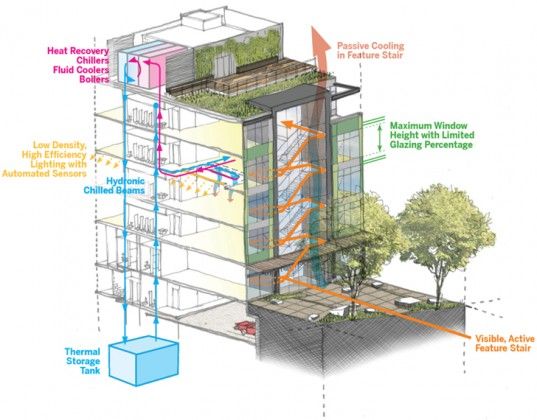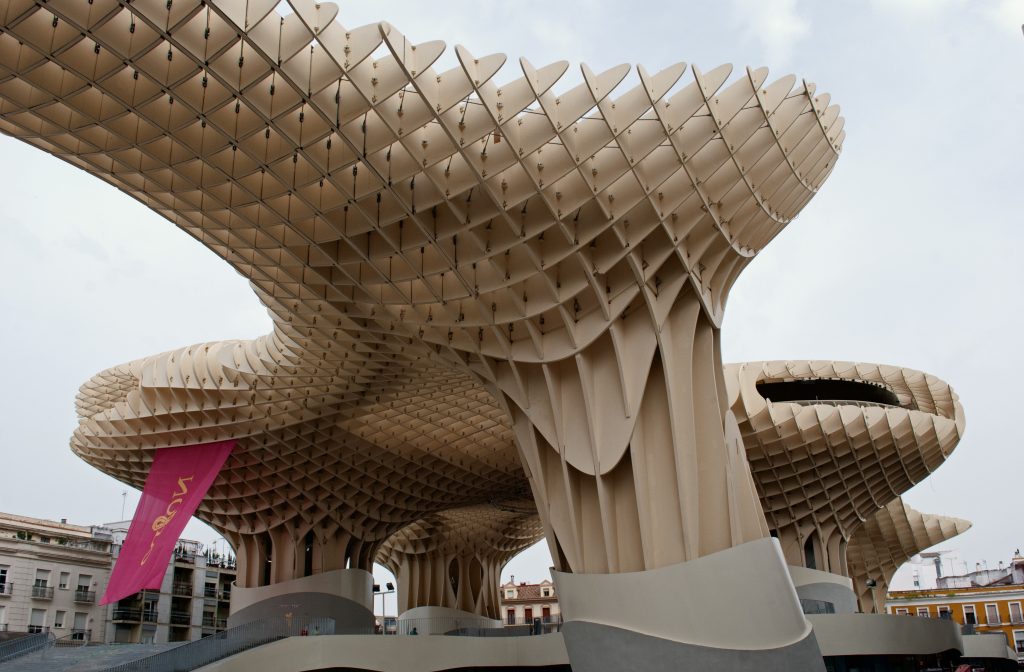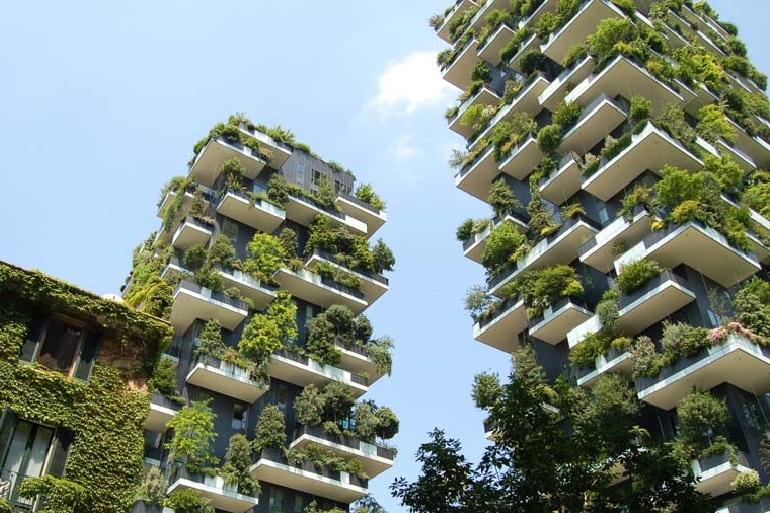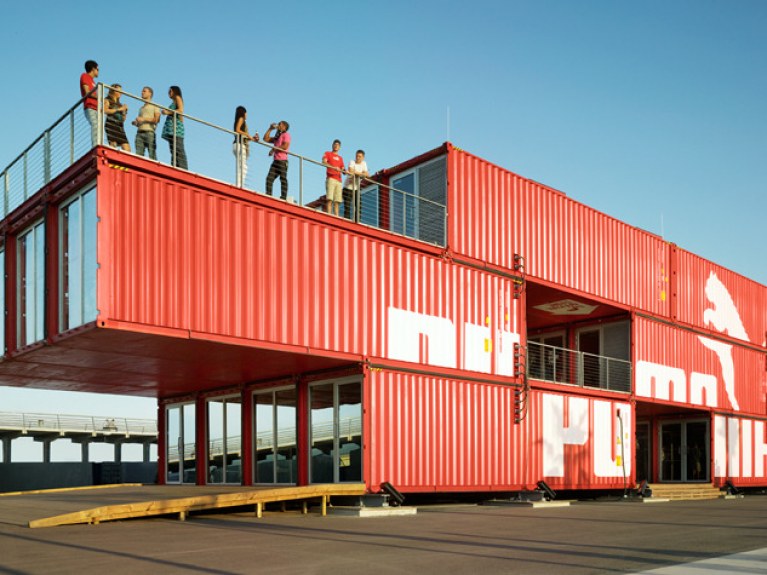What is it?
It’s the development of a building so that it matches our present needs without making the future ones more difficult.
We must find a design that creates healthy places, doesn’t destroy the nature and that doesn’t have a negative impact en the environment. It’s also important to lower the energy consumption and use of human resources.
How to achieve it?
Through:
- materials used
- construction method
- general design
We can also include the circular economy, that focuses on the resource cycle and is based on the reuse, repair, remanufacturating and recycling of materials and products and is against the use of virgin raw materials.
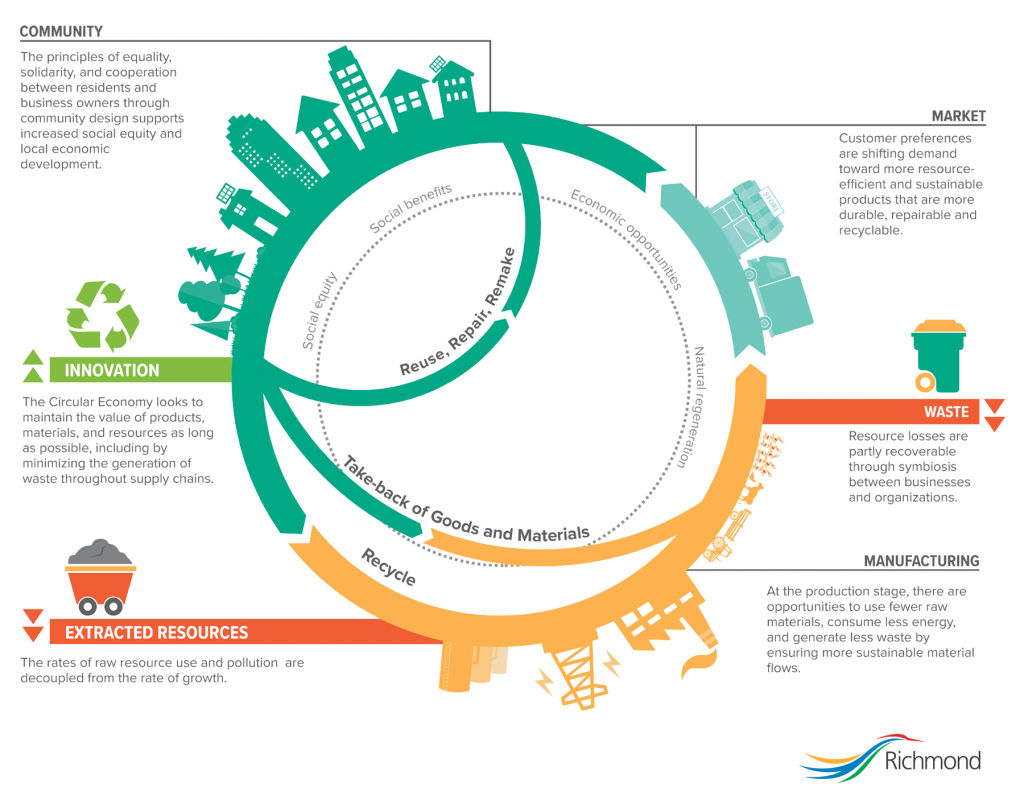
Healthy Buildings
There’s a connection between human biology and the environment, so the buildings must allow a correct evapotranspiration, an exchange with thermal radiation with the natural light…
The relation with the nature can have a positive or negative impact on our superior nervous functions, determining sensations of well-being. Also, the sick building syndrome is that set of symptoms (skin reactions, headaches, nausea, eye irritations and respiratory tract, tiredness, irritability, vertigo…) that can degenerate into a state of chronic illness.
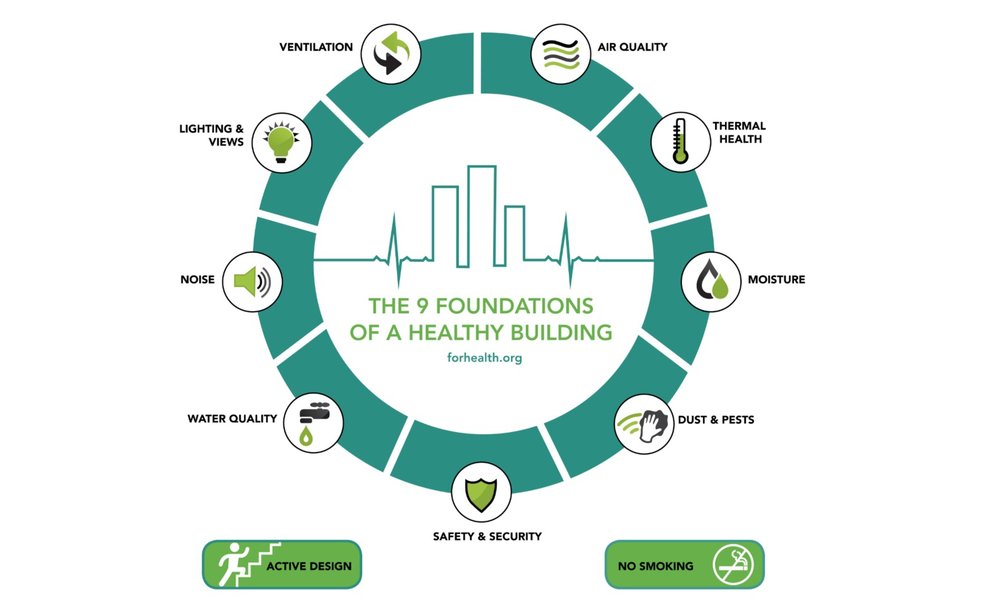
About the Design
bio-architecture, lowers the negative impacts of constructions both on the health of the citizens and on the environment. This type of architecture pays attention to:
- insulation and thermal inertia
- passive installations
- water saving and recovery
- materials
- acoustic and sunlight control
- natural lightning and ventilation
- open spaces
- …
bioclimatic architecture represents a working method which, starting with preliminary studies of the climatic conditions of the site, directs the project to achieve sustainability and bio-architecture objectives.
constructive solutions:
- Hindering direct solar irradiation through windows
- Adequate orientation of the buildings
- Type of building favouring natural cross-ventilation
- The use of clear finishes to promote maximum light reflection
- Thermal inertia of the building
Let’s not be Fooled
Biomorphic architecture and the use of plants and other natural elements with decoration purposes doesn’t mean a building is sustainable. A «recycled» project of a house could also not be sustainable either if it doesn’t reduce the overall energy cost. There are terms more important than recycle, such as:
- repair
- rehabilitation
- recovery or
- re-use
